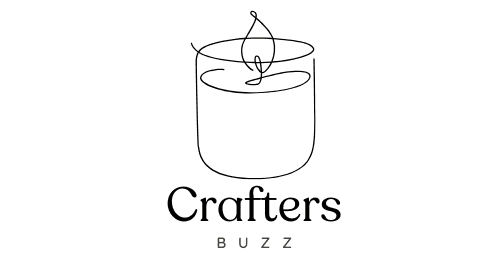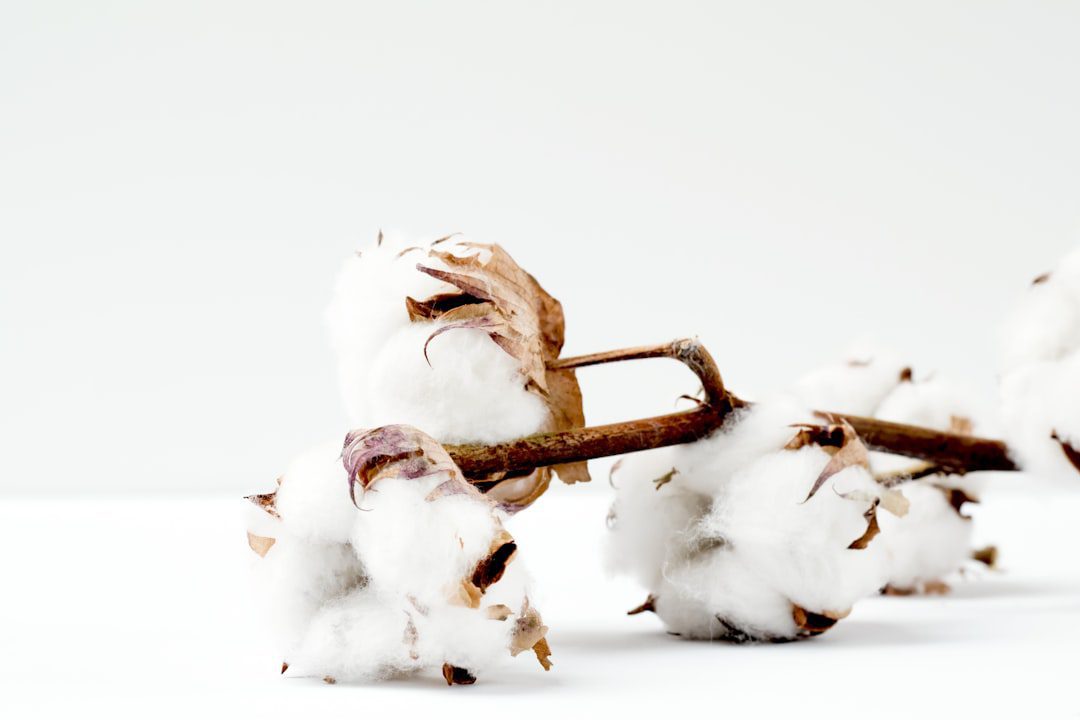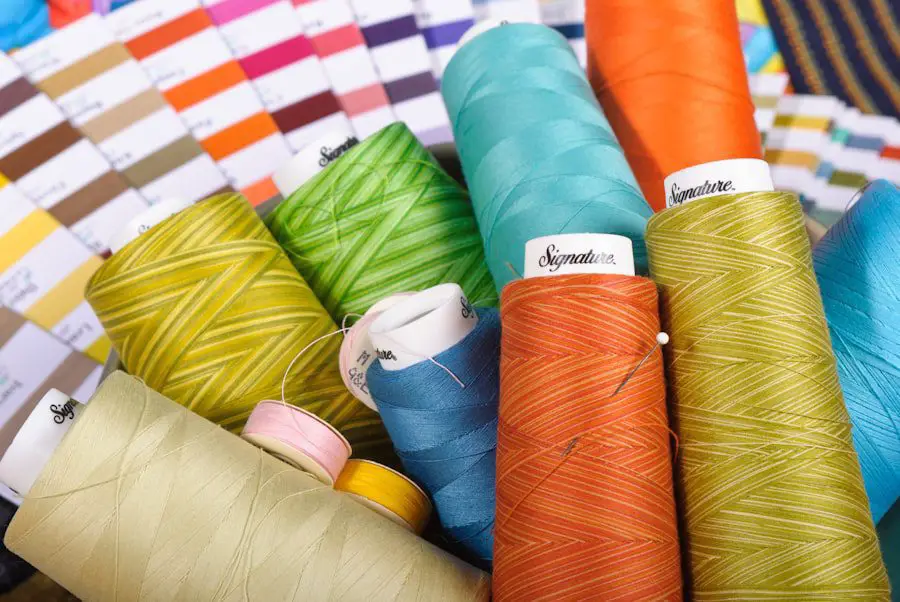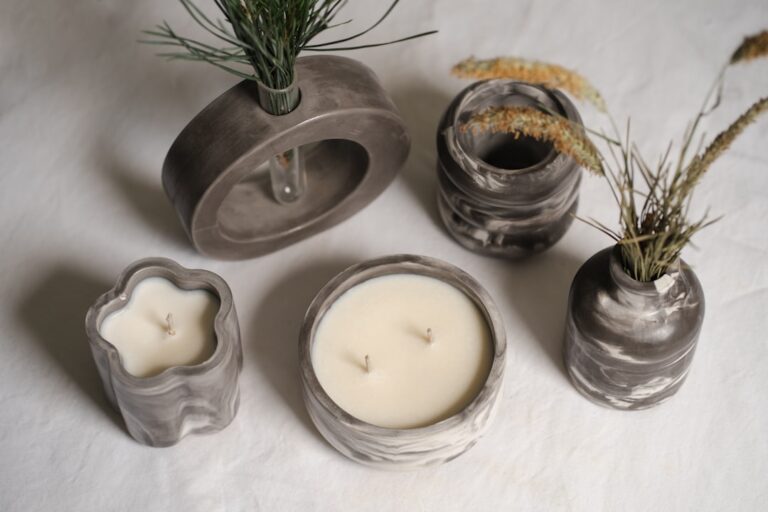The best eco-friendly wick materials, including cotton and wood.
In recent years, the growing awareness of environmental issues has led to a significant shift in consumer preferences, particularly in the realm of home goods and personal care products. One area that has garnered attention is the materials used in candle making, specifically wick materials. Traditional wicks, often made from synthetic fibers or treated with chemicals, can contribute to indoor air pollution and environmental degradation.
In contrast, eco-friendly wick materials are derived from natural sources and are designed to minimize their ecological footprint. This article delves into the various eco-friendly wick materials available, their benefits, and how they compare to traditional options. The importance of selecting sustainable materials cannot be overstated, especially as consumers become more conscious of their purchasing decisions.
Eco-friendly wick materials not only enhance the quality of candles but also align with a broader commitment to sustainability. By choosing wicks made from natural fibers or sustainably sourced wood, candle makers and consumers alike can contribute to a healthier planet. This exploration will cover the benefits of eco-friendly wicks, delve into specific materials such as cotton and wood, and provide guidance on selecting the best options for environmentally conscious candle making.
Key Takeaways
- Eco-friendly wick materials are sustainable and environmentally friendly options for candle making.
- Using eco-friendly wick materials can reduce the environmental impact of candle production and use.
- Cotton is a popular eco-friendly wick material known for its clean burn and minimal soot production.
- Wood wicks are another eco-friendly option that offer a unique crackling sound and aesthetic appeal.
- When choosing between cotton and wood wicks, consider factors such as burn quality, fragrance throw, and aesthetic preferences.
Benefits of Using Eco-Friendly Wick Materials
The advantages of using eco-friendly wick materials extend beyond mere aesthetics; they encompass health, environmental impact, and overall performance. One of the primary benefits is the reduction of harmful emissions during combustion. Traditional wicks can release toxic substances when burned, contributing to indoor air pollution and posing health risks to individuals, particularly those with respiratory issues.
Eco-friendly wicks, on the other hand, are typically free from harmful chemicals and additives, resulting in cleaner burning candles that are safer for both users and the environment. Another significant benefit is the sustainability aspect of eco-friendly wick materials. Many natural fibers used in wicks are biodegradable and sourced from renewable resources.
For instance, cotton is a widely used natural fiber that can be cultivated sustainably without the need for harmful pesticides or fertilizers. Similarly, wood wicks can be sourced from responsibly managed forests, ensuring that their production does not contribute to deforestation or habitat destruction. By opting for these materials, consumers can support sustainable practices and contribute to a circular economy that prioritizes environmental stewardship.
Cotton as an Eco-Friendly Wick Material
Cotton has emerged as one of the most popular eco-friendly wick materials due to its natural properties and versatility. As a renewable resource, cotton is cultivated from the cotton plant, which can be grown in various climates around the world. The fibers are harvested and spun into wicks that are not only biodegradable but also provide excellent burning characteristics.
Cotton wicks are known for their ability to absorb wax effectively, ensuring a consistent burn and optimal fragrance throw in candles. Moreover, cotton wicks can be treated with natural substances to enhance their performance without compromising their eco-friendliness. For example, some manufacturers use vegetable-based waxes or oils to coat cotton wicks, improving their burn rate and reducing soot production.
This treatment allows for a cleaner burn while maintaining the wick’s biodegradable nature. Additionally, cotton wicks are available in various sizes and thicknesses, making them suitable for a wide range of candle types, from small votives to large pillar candles.
Wood as an Eco-Friendly Wick Material
Wood wicks represent another innovative option for eco-conscious candle makers. These wicks are typically made from thin strips of sustainably sourced wood, such as cedar or birch. Wood wicks offer a unique aesthetic appeal, providing a rustic charm that enhances the overall candle experience.
When burned, wood wicks produce a gentle crackling sound reminiscent of a fireplace, adding an auditory element that many consumers find comforting. In terms of performance, wood wicks have distinct advantages over traditional cotton wicks. They tend to burn more slowly and evenly, which can lead to longer-lasting candles.
Additionally, wood wicks often require less maintenance during burning; they do not need to be trimmed as frequently as cotton wicks do. However, achieving the perfect burn with wood wicks may require some experimentation with wick size and placement within the candle. The density and moisture content of the wood can also affect how well it burns, making it essential for candle makers to source high-quality wood from reputable suppliers.
Comparison of Cotton and Wood as Wick Materials
When comparing cotton and wood as wick materials, several factors come into play that can influence a candle maker’s choice. One of the most significant differences lies in their burning characteristics. Cotton wicks tend to produce a steady flame that is easy to control, making them ideal for beginners or those who prefer a straightforward candle-making process.
They also provide excellent fragrance throw due to their ability to absorb wax effectively. Conversely, wood wicks offer a unique aesthetic and sensory experience but may require more attention during the burning process. The crackling sound and visual appeal can enhance the ambiance of a space; however, achieving an optimal burn may necessitate adjustments in wick size or placement within the candle vessel.
Additionally, wood wicks may not be suitable for all types of waxes; certain blends may not adhere well to wood fibers, leading to inconsistent burning. Ultimately, the choice between cotton and wood wicks will depend on individual preferences and specific candle-making goals. For those seeking simplicity and reliability, cotton may be the preferred option.
In contrast, those looking for a distinctive experience with added sensory elements might gravitate toward wood wicks.
Other Eco-Friendly Wick Materials to Consider
While cotton and wood are among the most popular eco-friendly wick materials, several other options deserve consideration for those interested in sustainable candle making. One such material is hemp. Hemp wicks are made from the fibers of the hemp plant and offer similar benefits to cotton in terms of biodegradability and performance.
Hemp is known for its strength and durability, making it an excellent choice for larger candles that require a robust wick. Another alternative is bamboo wicks, which are gaining traction in the eco-friendly market due to their sustainable sourcing and unique burning characteristics. Bamboo is a fast-growing plant that requires minimal resources to cultivate, making it an environmentally friendly option.
Bamboo wicks can provide a clean burn while also offering an attractive visual element to candles. Additionally, there are innovative synthetic options made from recycled materials that aim to reduce waste while maintaining performance standards. These synthetic wicks are designed to mimic the burning characteristics of natural fibers while being produced from post-consumer waste materials.
While they may not be entirely biodegradable like their natural counterparts, they represent a step toward reducing reliance on virgin materials.
Tips for Choosing the Best Eco-Friendly Wick Material
Selecting the right eco-friendly wick material involves considering several factors that can impact both performance and sustainability. First and foremost, it is essential to assess the type of wax being used in conjunction with the wick material. Different waxes have varying melting points and burning characteristics; therefore, compatibility between the wax and wick is crucial for achieving optimal results.
Candle makers should also consider the size and shape of their candle vessels when choosing wick materials. Thicker or larger candles may require sturdier wicks that can support a larger flame without producing excessive soot or smoke. Conversely, smaller candles may benefit from finer wicks that provide a controlled burn without overwhelming the fragrance.
Experimentation is key when working with eco-friendly wick materials. Each type of wick may behave differently depending on various factors such as wax type, fragrance load, and ambient conditions during burning. Keeping detailed notes during testing can help identify which combinations yield the best results for specific candle designs.
Lastly, sourcing materials from reputable suppliers who prioritize sustainability is essential for ensuring that chosen wick materials align with eco-friendly values. Certifications such as FSC (Forest Stewardship Council) for wood products or organic certifications for cotton can provide assurance regarding responsible sourcing practices.
Embracing Eco-Friendly Wick Materials for a Sustainable Future
The shift towards eco-friendly wick materials represents a broader movement towards sustainability in consumer products. By choosing natural fibers like cotton or innovative options like wood or hemp, candle makers can create products that not only enhance their living spaces but also contribute positively to environmental health. As consumers become increasingly aware of their choices’ impact on the planet, embracing eco-friendly wick materials becomes not just a trend but a necessary step toward fostering a sustainable future.
The journey toward sustainability in candle making is multifaceted; it involves understanding material properties, experimenting with different combinations, and committing to responsible sourcing practices. As more individuals engage in this craft with an eco-conscious mindset, the potential for positive change grows exponentially. By prioritizing eco-friendly wick materials today, we pave the way for a greener tomorrow—one candle at a time.
If you are interested in learning more about eco-friendly candles and how they can be used in specific spaces and events, check out this article on using unscented candles in specific spaces and events. For more crafting tips and ideas, be sure to visit the Crafters Buzz blog. And if you want to know more about the creators behind Crafters Buzz, visit their about page.
FAQs
What are eco-friendly wick materials?
Eco-friendly wick materials are those that are sustainable, renewable, and biodegradable. They are often made from natural fibers or materials that have minimal impact on the environment.
What are some examples of eco-friendly wick materials?
Some examples of eco-friendly wick materials include cotton, hemp, wood, and bamboo. These materials are renewable and biodegradable, making them a more sustainable choice for candle wicks.
Why are cotton and wood considered the best eco-friendly wick materials?
Cotton and wood are considered the best eco-friendly wick materials because they are natural, renewable, and biodegradable. They are also readily available and have minimal impact on the environment compared to synthetic wick materials.
Are there any drawbacks to using eco-friendly wick materials?
One potential drawback of using eco-friendly wick materials is that they may have a lower burn temperature compared to synthetic wicks, which can affect the performance of the candle. Additionally, some eco-friendly wick materials may require additional processing to ensure they burn evenly and cleanly.
How can I ensure that the wicks I use are eco-friendly?
To ensure that the wicks you use are eco-friendly, look for products that are labeled as being made from natural, renewable materials. Additionally, consider purchasing wicks from companies that prioritize sustainability and environmental responsibility in their manufacturing processes.









